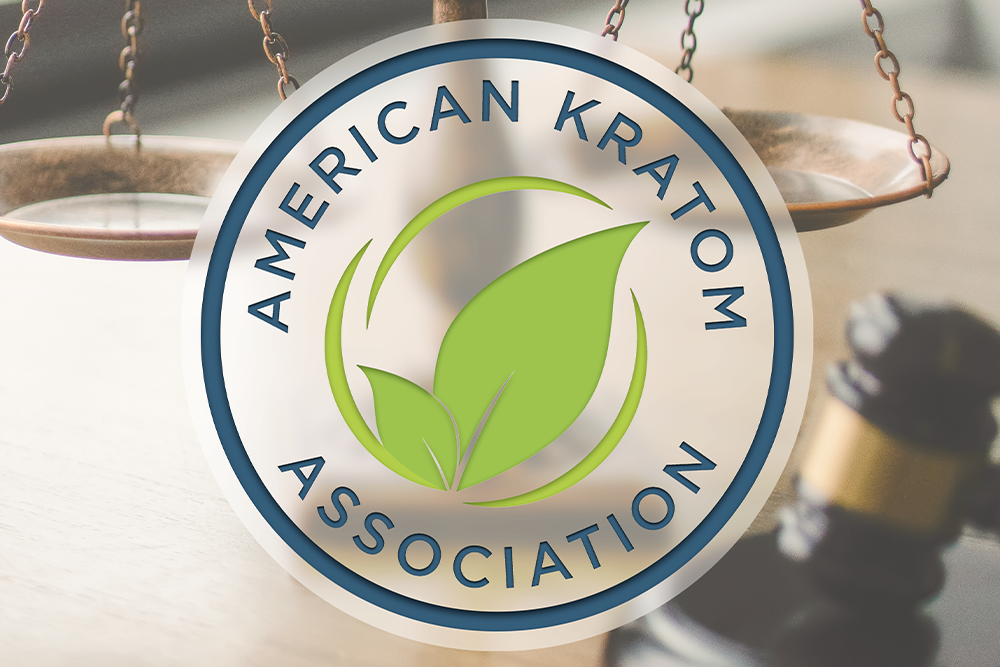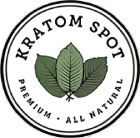
What happens if kratom is legal? It’s an odd question, particularly since kratom is technically legal throughout the vast majority of the US.
And yet kratom is the subject of controversy, with the FDA repeatedly attempting to limit legal kratom access and even imposing restrictions on what vendors are allowed to say about kratom’s well-known effects. At the same time, some states plan local bans based on faulty information that provokes fear, stigmatizes kratom, and ignores the legitimate therapeutic potential of this unique botanical.
So, what happens if kratom isn’t just legal but is actually accepted, regulated, researched, and promoted for all the potential that it has to offer?
That’s the goal of the American Kratom Association, Kratom Spot, and other kratom activists looking to ensure a bright future for legal kratom and the millions of Americans who use kratom to improve and enhance their lives.
The Kratom Consumer Protection Act: The Future of Legal Kratom
Kratom remains controversial and stigmatized throughout some portions of the United States. One of the main reasons for this is that the kratom industry is still largely unregulated, which has allowed for subpar and even tainted or dangerous products to be sold under the kratom name.
To protect the future of legal kratom, promote greater awareness of its benefits, and ensure users’ access to clean, safe kratom-based products, the industry needs legal regulation. And the path towards that goal is through the Kratom Consumer Protection Act.
The KCPA, as it’s often known, isn’t a single law; it’s a framework that states and other local jurisdictions can use as a basis for drafting their own kratom legislation. Convincing states of the benefits and importance of passing their own KCPA bill is arguably the most important step for protecting legal kratom in the US. It’s one of the biggest reasons that the American Kratom Association is arguably the most important group of kratom activists working today.
In a nutshell, the KCPA seeks to protect users’ health, safety, and access to pure, legal kratom by doing the following:
- Establishing quality standards for all kratom products
- Requiring comprehensive testing for kratom products
- Implementing a minimum age of purchase
- Creating significant legal penalties for manufacturers defying the Act’s requirements
These provisions, when imposed, would fundamentally alter the landscape for kratom use throughout the country.
But the changes wouldn’t just affect kratom’s legal status: they would also affect the quality of kratom available, the number of brands on offer, the amount and quality of clinical research on kratom and, yes, even the price of kratom powders and capsules.
How the Quality of Kratom Would Change
By implementing strict quality and testing standards for all kratom products, the average quality of kratom would improve dramatically. Disreputable vendors who have made their business by selling inferior, tainted, or even dangerous products would finally be held accountable and forced out of the market.
But depending on where you’ve gotten your kratom, you may not even notice a difference. That’s because many vendors, including Kratom Spot, are already voluntarily holding their products to this elevated standard of quality and transparency. It’s spearheaded through the AKA’s GMP Certification program, which requires exacting quality standards for all member groups.
For more on AKA GMP Certification and how it models the standard for truly quality kratom, check out this mini-guide to GMP standards.
How the Number of Kratom Brands Would Change
No two ways about it: regulation of legal kratom would reduce the number of kratom brands on offer. And while that might sound like a bad thing at first, the reality of it is nothing but up-side.
The brands that would be forced out are, simply put, those that were selling inferior or adulterated products. Because the KCPA would impose strict punishments for selling these unsafe or misleading products, these bad actors would be forced out of the market.
So the initial effect would be a reduction in the number of kratom vendors and brands. Over time, however, we would see a gradual increase, with more and more legitimate, quality vendors entering the market and increasing the variety and competitiveness of available kratom products.
In short: if you’ve been buying your “kratom” from a cut-rate vendor selling questionable goods, then it’s likely that you’d see that vendor disappear and have to find another. But that shift would mean a higher-quality, more consistent, and safer product for you. And over time, you’d see far greater diversity, more competition, and greater selection than under the current model.
How the Price of Kratom Would Change
When people speak out against the regulation of previously un-regulated markets, fears about price increases are often at the top of their list of complaints. When governments impose requirements on the manufacturing and processing of products, it will, after all, impose new costs on the vendors and manufacturers of those products. Kratom is no different.
Depending on how the KCPA framework is implemented, it is possible that regulation would increase the price of kratom powders, capsules, and other products. Vendors who, before regulation, hadn’t been testing their products for heavy metals would, for instance, now be forced to do so. That is an expensive process, and odds are that much of that expense would be passed on to consumers via price hikes.
But those price increases aren’t inevitable.
Many vendors, especially those who, like Kratom Spot, are part of the AKA GMP Certification program, already go to the expense of testing and otherwise ensuring the quality of their products. If you’re already buying from such a vendor, there’s no reason regulation would drive up their prices.
How Research Into Kratom’s Uses Would Change
While kratom is getting more and more attention in the world of clinical research, the sad fact of the matter is that we need a lot more science before we can fully understand how kratom works in the body.
But regulation would dramatically improve kratom’s notoriety throughout the nation, much in the same way that the legalization of hemp created a burgeoning industry and made “CBD” a household name.
And with that increased notoriety would naturally come an increase in clinical research into kratom’s effects, its potential for abuse, and its therapeutic applications. Regulation could be the watershed moment that ushers in a new age of understanding, of science, and of realizing the full potential of how kratom can best fit into and improve the lives of users across the country and throughout the world.

